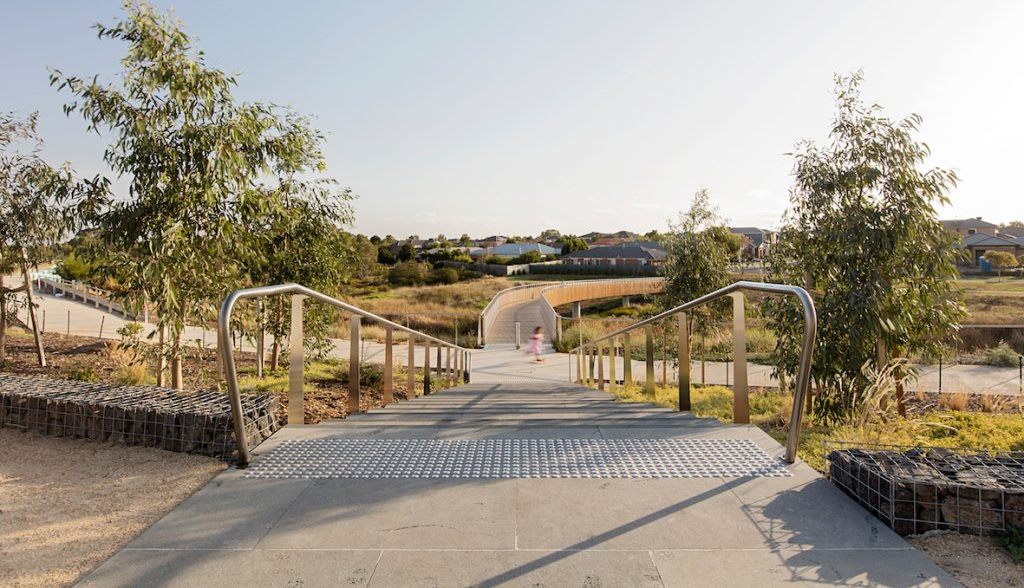We focus a lot on green infrastructure here in REVITALIZATION because it’s a trend that contributes both the environmental restoration and urban resilience.
Now, the Australian Institute of Landscape Architects (AILA) has helped accelerate this healthy global trend by releasing a Green Infrastructure Position Statement calling on non-government agencies, industry organisations and governments to boost livability and sustainability of urban and rural areas via green infrastructure.
Green infrastructure comprises planned networks of natural and semi-natural areas in urban and regional settlements that provide environmental, social and economic benefits to society.
Governments and the wider community have for centuries relied on urban natures such as parks and public spaces to improve the social and environmental conditions of our built environments notes AILA.
AILA president Shaun Walsh said, “We require new forms of infrastructure and new approaches to landscape planning and management in our urban and regional settlements.”
“Many of our urban environmental and social problems require strategies and interventions that are multidisciplinary and collaborative; crossing jurisdictional boundaries and involving a broad range of stakeholders. Green Infrastructure provides a solution to community organisations, property owners and the private to deliver benefits to society,” Walsh added.
“We believe there is a greater role that the federal government can play in providing leadership on green infrastructure through the City Deals Framework and we will continue to raise awareness and advocate for this,” he explained.
AILA has played a leading role coordinating industry and government representatives through the Living Cities Alliance, where there was support from over 30 organisations for the development of a National Green Infrastructure Strategy.
The proposed National Green Infrastructure Strategy (NGIS) acknowledges that nature itself operates as an enabler of more effective systems, providing important ecosystem benefits to our city, regional and rural communities.
“The Strategy will recognise the economic and social value of protecting and enhancing high value urban landscapes for water management, fresh food production, biodiversity conservation and healthy active living,” concluded Walsh.
Deploying a National Green Infrastructure Strategy will also combat the impact of heatwaves across cities through urban cooling policies, while well-designed and accessible urban open spaces will reduce the incidence of peak load demand and further contribute to reducing health risks for vulnerable members of the community, such as those with chronic physical and mental illness.
Image of Skeleton Creek Bridges in Truganina, Victoria, Australia courtesy of Lisbeth Grosmann.

